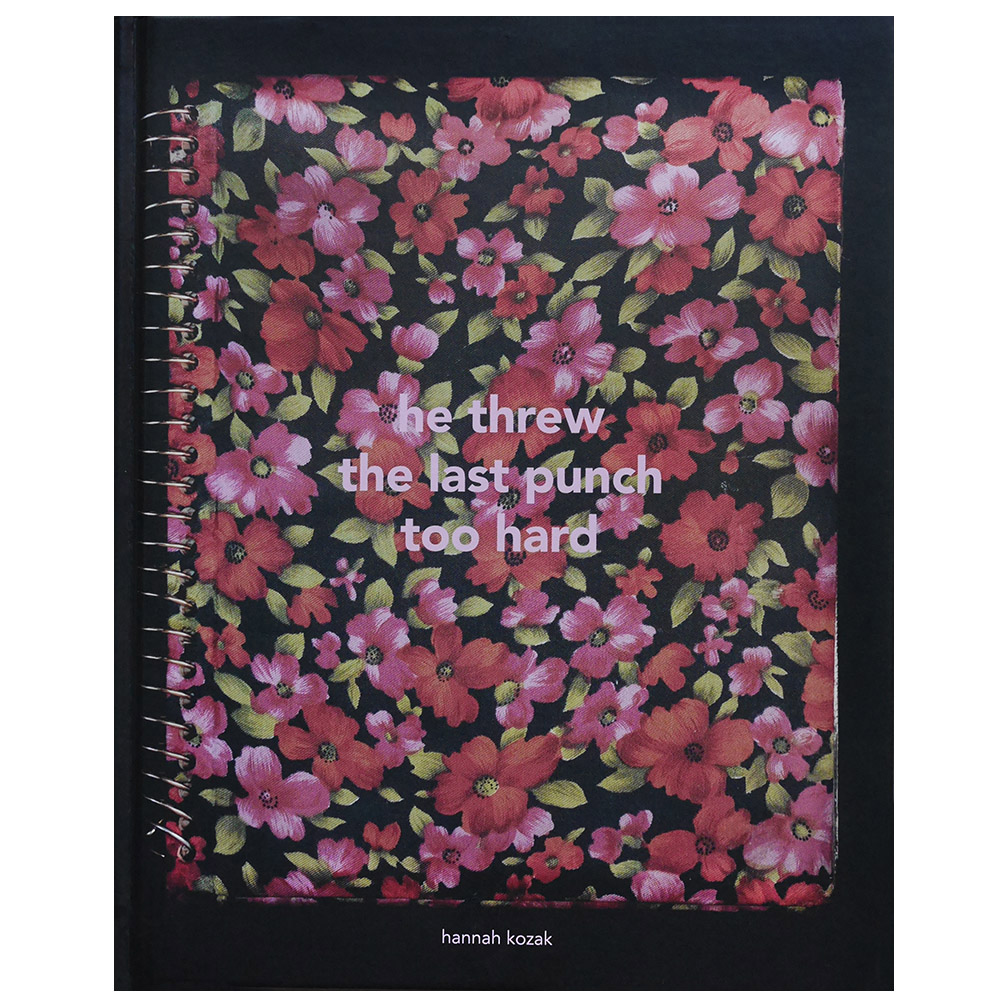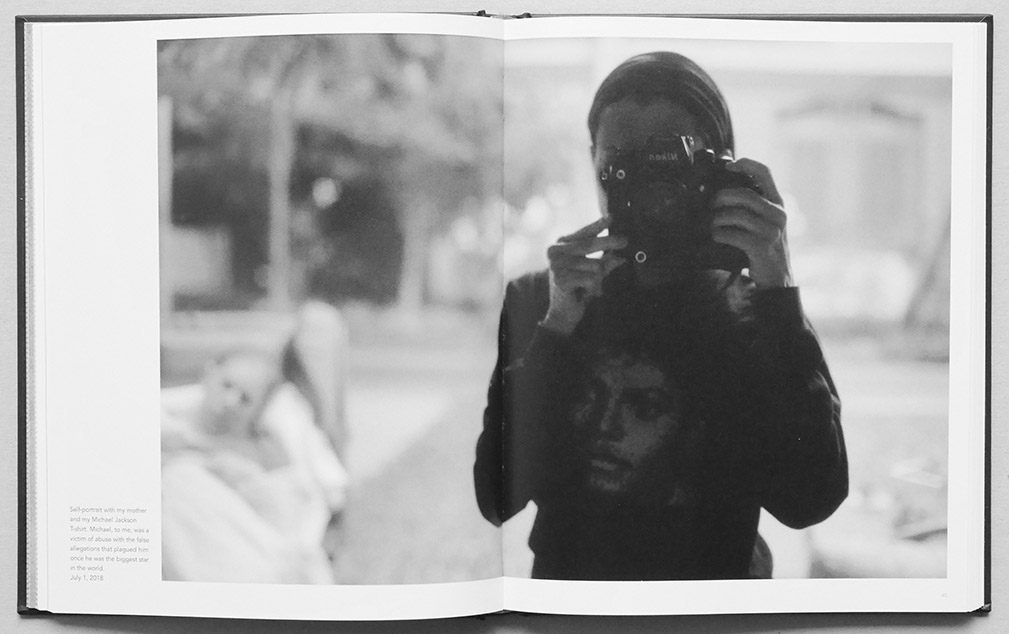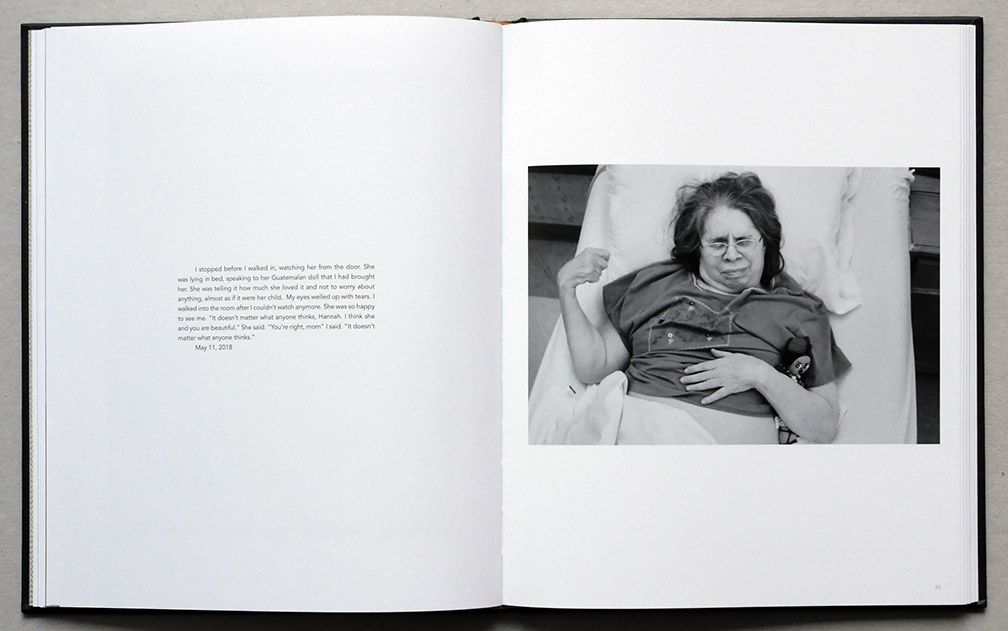
Review by Gerhard Clausing •
One error in judgment, a lifetime of suffering … In this book, the courageous Hannah Kozak allows us to share her struggles with her mother who left her first husband and five children, including Hannah, for an abusive drinker who in a final blow caused her permanent injury, including brain damage. You cannot imagine the lifetime of suffering that resulted, for Hannah’s mother and for Hannah. As witnesses, we stand in awe of the barriers that were surmounted.
Hannah Kozak is not only an admirable person, but also a superb photographer and an excellent storyteller. Absorbing wisdom from a multitude of experiences, starting with a childhood in which she experienced abandonment, she knew that she would have to be tough and compassionate at the same time. Her goal was to develop fortitude and courage; she overcame anxieties and fears to work as a stuntwoman for 25 years, and over time overcame additional barriers to reach her mother through the vehicle of love, where formerly there had been totally understandable sadness and anger. And to top it all off, she was able to present this development – with its constructive outcome full of redemption, caring, and sharing – to us, as we can see in this gripping and detailed photobook.
The parallel lives presented here are a testament to reasonable outcomes to what may at first seem an insurmountable situation. The book traces both women’s lives from past to present. We see album pages of times before the abuse, such as the mother’s carefree youth in Guatemala, and bonding between the children. We see danger signals such as unreasonable idealized fantasies, especially on the part of the eventual abuser. Most gripping are the black-and-white photographs that show suffering and pain (injury, loneliness, sadness, vulnerabilities) as well solutions and moments of joy (reaching out, celebrating holidays), both in Hannah Kozaks’s self-portraits as well as those showing her mother. This successful crowd-funded photobook project reaches our inner core in many ways; it is a wonderful example of making the best of a nearly impossible situation. The essay by Aline Smithson adds important perspectives; Hannah Kozak’s extensive description and analysis add many important details about what went on in her family and in herself. The editing, layout, and printing support a stimulating viewing experience throughout. The project was recognized as a Finalist for the Inaugural 2019 FotoEvidence W Award.
This photobook is another important milestone in demonstrating the tremendous value that art plays as a therapeutic tool, and how one’s own development can help deal with major obstacles. I discussed this previously at some length in connection with Cat Gwynn’s impressive Ten-Mile Radius. Needless to say, fine art photography not only facilitates development for its creators, but also for the viewers. Which allows me to also include another important thought: if you know of cases of abusive relationships, please make those involved aware that help can be found by contacting the National Domestic Violence Hotline or the National Coalition against Domestic Violence, or similar organizations in other countries. You may be able to prevent injury or save lives (for instance, a model from one of the workshops I participated in was recently thrown off a balcony to her death in Hollywood by a stalking former boyfriend).
I highly recommend this book as an exemplary presentation that demonstrates constructive approaches to the psychological and physical violence that is all around us.
____________
Hannah Kozak – He Threw the Last Punch Too Hard
Photographer: Hannah Kozak (born in Hollywood, California; lives in Los Angeles)
Publisher: FotoEvidence, Brooklyn, NY; © 2020
Editors: Régina Monfort, David Stuart
Essay: Hannah Kozak and Hope Edelman
Commentary: Aline Smithson
Quotes: Hope Edelman, Roger Ballen
Language: English
Hardcover, illustrated, sewn binding; 128 numbered pages; 21.3 x 26.3 cm (8.4 x 10.3 inches); printed in Turkey by Ofset Yapımevi, Istanbul
Photobook Designer: Melike Taşcıoğlu
____________










Articles and photographs published in the PhotoBook Journal may not be reproduced without the permission of the PhotoBook Journal staff and the photographer(s).
Hannah, congratulations!
Your images are very powerful and stirring. Well done.
Congratulations Hannah! Your photography has always been awesome and will undoubtedly compliment the powerful narration. Well done.
At first glance, there is an initial shock to viewing Hannah Kozak’s
work, He Threw the Last Punch Too Hard. The photographs bring
a gasp and then a deep sucking in of air, a catching of one’s breath.
They are disquieting. Pain, sorrow, fear, the decay of the body and
the mind; reality is frightening. Yet, there is beauty here. There is
courage; courage to unflinchingly confront that reality and in
confronting it, to achieve a body of work that is both lyrical and powerful.
Taking her story all the way from its inception to handover is a very impressive undertaking.
Hannah’s photographs take the viewer through her mom’s powerful story and her journey as well.
This dual narrative is one of the elements that makes He Threw the Last Punch Too Hard such a moving and profound photo essay and monograph.
Yesterday, an important parcel arrived on my doorstep. Inside; “He Threw the Last Punch Too Hard”.
This morning I read the book from beginning to end without interruption. I cannot write too much yet for I am yet to come to terms with the profundity of this book. I feel that I need to sit for a while, process, and endeavor to find a suitable language with which I can can respond adequately.
Hannah’s story haunts me. Her mum’s wisdom and forgiveness inspires me. Hannah’s courage and spiritual awareness warms me.
This is a publication our world needs and has been waiting for.
Thank you Hannah
Thank you, John. Your words are deeply felt.
This book touched me deeply. With heartbreaking honesty, Hannah Kozak explores the important theme of domestic violence and she dares to talk openly about it. Hannah examined her childhood and adult journey with her mother.
Hannah is a highly respected photographer who without choosing to alter the photographs of her mother’s daily life, manages to lift the entire story up to a higher level of consciousness and sensitivity.
Every June 25, Hannah, in one of her touching blogs from Forest Lawn Glendale would honor Michael Jackson on the anniversary of his death, where people from all over the world honor his legacy. Hannah wrote:
“His ability to love unconditionally, to forgive from his heart is a lesson to us all.”
Hannah Kozak has reached that point in her own life now and her soul has learned Michael’s lesson not only as wise words but as concrete actions from her own heart in her relationship with her mother.
Readers of “He Threw the Last Punch Too Hard” will read, see and understand that truth. This ancient inner wisdom has been written about with endless patience that love and forgiveness is the answer to everything. It seems so easy but it’s so difficult for so many of us. Hannah Kozak has arrived there.
I have to leave my take here because it is rare to find a book that manages to be both a work of art and a poignant story. Yet Hannah Kozak achieves just that by bringing a sharp focus to the damaging, lingering effects of domestic violence, shining a light on her own mother’s story.
Hannah’s POV, using her photography, adopts an unflinching approach in cataloguing a long history of abuse, and then capturing its terrible legacy. Using provocative imagery, wrapped in tender words, Hannah’s book rightly affords us no hiding place from the brutal truths around domestic violence which led to her mother suffering a life-altering stroke from a blow to the head. The end result is both a harrowing and heartrending read; a photographic exhibition of humanity from the darkest of places. What shines through in this photo-led story is a fierce mother-daughter bond that first suffers and then soars, and it is hard not to be moved by the emotions that leap from the page and demand our attention…and awareness.
Hannah says she uses photography as a way to explore and reveal her inner world, and that exploration, in this case, is a triumph. This book confronts the kind of horrors that happen behind closed doors and wreck childhoods and families. But there is hope contained in its pages, too. Because while Hannah’s eye for detail makes it hard to fathom what happened to Rachel — Hannah’s mom — it is also impossible not to applaud Rachel’s resilience, dignity, and courage. This might well be a book about uncomfortable truths, but it is also a book of tenderness, capturing an inspiring message of love and soul. It is a remarkable tribute to a woman who might not have the ability these days to speak for herself, but she has a daughter who, in both words and pictures, can convey something beautiful about the transcendence of the human spirit, whatever the circumstances. Hannah — you did your mom proud. Bravo.
This book is a testament to my mother’s resilience, dignity and courage. Thank you for recognizing that, Steve.
A Poignant Memoir by Hannah Kozak
This is not only Hannah Kozak’s story, but additionally her memoir is utterly entwined with her Mom’s, Dad’s and her larger family’s life experiences (including special mentions of her grandmother, sister Esther and even her mother’s assailant). I especially love how the photographer/author wove in all the varied characters throughout, and the ways her narrative always felt completely truthful, courageous, baring and generous (but not without also admitting human flaws) specific to her family. The book was certainly not formulaic, instead it’s poignant and somehow she managed to wrap it all up with heart, with amazing love and understanding. Unexpectedly, it was oddly uplifting although the larger stories often concerned events that were either mentally or physically painful — sometimes they were both.
That was a great way to both surprise this reader/viewer, but also to show the evolution & growth by realizing that her debilitated mother has incredible powers to teach many more ‘abled’ people important lessons, as over these heartbreaking years she has become an enlightened bodhisattva. This newfound perception was a moment my heart skipped a beat (while earlier the 3 photos of her mother’s gnarled hand and the brief caption to that page was also a startling, conceptual trio – simple, but not simplistic, deeply understood).
I don’t want to give away too much (Do Buy the Book) but suffice it to say, I could see Joseph Campbell’s theories of character arcs and “heroic journeys”, but none were stereotypical.
It’s a special, inspirational (for many reasons & on more than a few levels) book. I am sure I will crack it open again and again. It truly isn’t an easy story to read, and I am certain it hasn’t been an easy life experience for any of the participants, or an easy narrative to pull together. I would think that the physical book might also be well utilized for the greater good in communities seeking to inform on the consequences of familial violence before it is too late for individuals to see that they are caught in a honey trap they need to escape.
I’d mentioned one 3 photo series of Hannah Kozak’s mother’s hand as a triptych that really struck me and I am sure I will continue to explore many of the photos further too. The first time through, I admit I paid most attention to how the strong narrative element and book design moved together to tell this specific story. It worked great! The photos were not overwhelmed by the text, nor vice versa — it all worked in concert. Same thing with the design. It was apt and insightful.
I knew that the initial family photos came from one of those ‘magnetic’ photo albums we all had (with the acetate cover removed for display in this book) and that was a smart prelude or introduction. It was also smart how the book design mostly separated the ‘appropriated’ family photos to the front area, but that wasn’t set in stone, so in the correct points of the story, there were other snapshots placed within the larger context too. The cover intrigued me and I had the feeling that it wasn’t a decision the photographer & the designer came to lightly…
Yes, these photos will bear repeat viewing, I’m sure. I do look forward to that. I’ll reiterate that they were poignant, moving photos — many made specifically for this 10 year project including the photographer with her mother, or multiple exposures, self portraits utilizing reflections and other techniques so that layers of meaning and visual purpose became both obvious and contemplative, expressively creative but not overly calculating. Hannah Kozak has mentioned that at first she used the camera both as a way in (to view her mother in her discomforting condition and with their difficult history to overcome) but also as a necessary barrier, to help her come to terms with the situation at her own pace. Their uneasy relationship needed her to wear some armor for both their sakes. I could sense (at varied points) when that distanced observer garb fell away and their individual (and mutual) truths were no longer unbearable, but surely progressing towards a healing of sorts.
I honestly was unsure initially about the mixture of color with black and white (we’re told to stick with one or the other, but I welcomed going along for the unique ride). Add in the obvious contrasting differences with the photographer’s stunt/work photos, her own self-portraits, mom’s environmental portraits and early family snaps… It’s quite a potpourri. I admired (again) the willingness to go out on a limb, with risks & anti-formulaicness (word)! Conceptually, the fuller story and intent became clearer as the pages turned…
I was genuinely most surprised that the long autobiographical text at the end pulled the opus together so well. Not all photographers would be able to make such a hybrid journey and invite us along so while this section struck me as the key for a ‘satisfying denouement’ it was also the area where I felt things could have gone seriously awry. Kudos to the author for not asking for pity, and for making one or the other aspect either seem superfluous or merely as filler or illustrations as mere accompaniment. No element or section overpowered the other (neither words nor images). No unnecessary accessories or lesser flow here. The whole is greater than the sum of its parts.
“he threw the last punch too hard” — what a title. Apt and impressive. Hannah Kozak’s first book seems to be an interlocking Chinese Box puzzle, having multiple strands, all detailed with so much heart and forgiveness (both for others and for ourselves) firmly at its core.
Didi, Thank you for taking the time to write this review. I’m touched and honored by the care you put into this and grateful my book touched you so deeply. Your writing is a gift to the world.